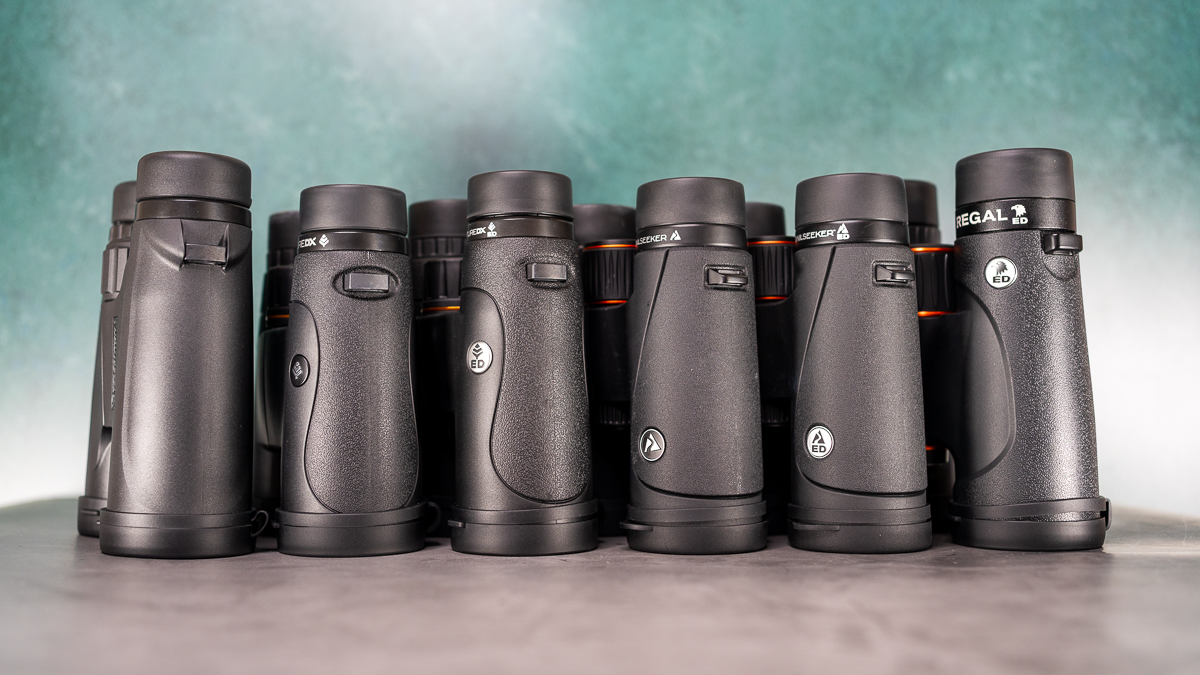Cosmology
Latest about Cosmology
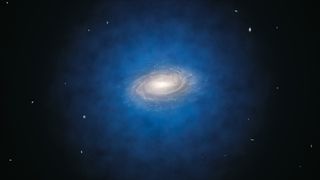
Echoes from the Big Bang suggest Earth is trapped inside a giant cosmic void, scientists claim
By Ben Turner published
Astronomers claim to have found new evidence supporting a controversial observation that our galaxy is residing in an unusually sparse region in space. If it's correct, it could rewrite cosmology.
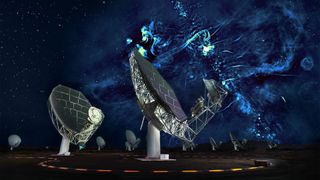
Giant radio telescope in the Nevada desert could reveal hidden corners of the cosmos — and brand-new physics
By Paul Sutter published
Scientists say that the construction of a vast new radio telescope array in the Nevada desert — known as the Deep Synoptic Array 2000 — could uncover some of the biggest outstanding mysteries in astronomy.
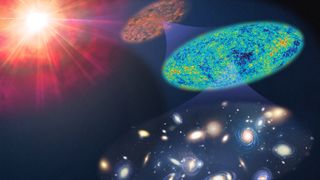
Did light exist at the beginning of the universe?
By Charles Q. Choi published
Was it dark after the Big Bang, or did light shine immediately?
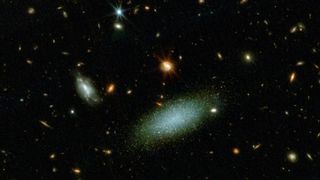
James Webb telescope unveils largest-ever map of the universe
By Damien Pine published
The largest map of the universe, created with data from the James Webb Space Telescope, shows almost 800,000 galaxies crammed into a tiny piece of sky and spanning almost all of time.
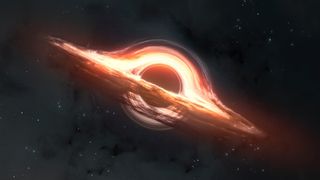
What if the Big Bang wasn't the beginning? New research suggests it may have taken place inside a black hole
By Enrique Gaztanaga published
Was the Big Bang really the beginning of the universe, or are we 'bouncing' between periods of expansion and contraction? A new theory makes testable predictions.
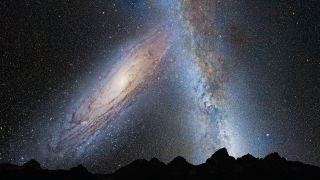
Catastrophic collision between Milky Way and Andromeda galaxies may not happen after all, new study hints
By Ben Turner last updated
Astronomers have long predicted that a collision between our galaxy and nearby Andromeda could be inevitable, but new calculations suggest this may be an over exaggeration.
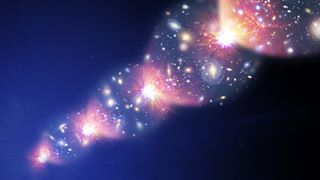
When will the universe die?
By Sarah Wells published
The universe has been expanding for 13.8 billion years, but this may not go on forever. According to some theories, we may be accelerating toward a cataclysmic end.

Gamma-ray bursts reveal largest structure in the universe is bigger and closer to Earth than we knew: 'The jury is still out on what it all means.'
By Robert Lea published
New research suggests that the largest cosmic structure is even bigger and closer to Earth than we knew. It goes against scientists' models of cosmic evolution.
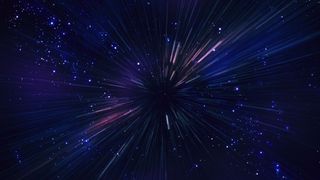
Universe may revolve once every 500 billion years — and that could solve a problem that threatened to break cosmology
By Elana Spivack published
A slowly spinning universe could resolve a puzzle in physics known as the Hubble tension, a new model suggests.
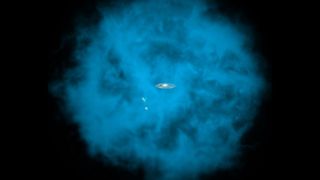
The universe's 'missing matter' may have finally been found
By Joanna Thompson published
About half of the non-dark matter in the universe cannot be accounted for by stars and galaxies alone. Now, scientists say previously undetected clouds of hydrogen gas could finally reveal it.
Get the world’s most fascinating discoveries delivered straight to your inbox.


